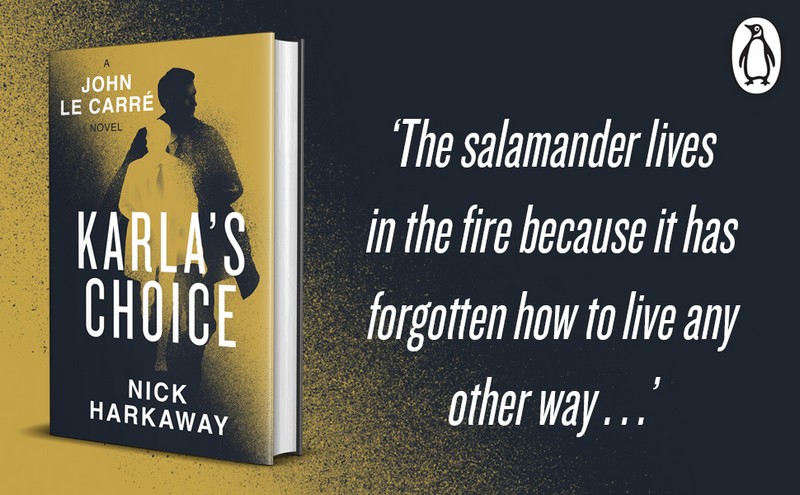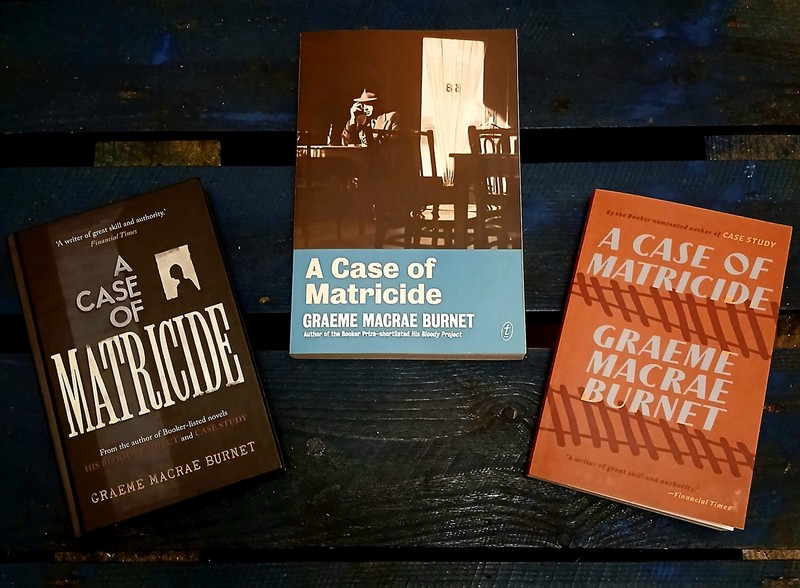 Detectives Ivan Lucic and Nell Buchanan return for a third time as the leads in Chris Hammer’s sixth book The Seven. Once again he delivers a multi-generational tale of crimes and misdemeanours in a very particular part of the Australian rural landscape. While Treasure and Dirt was set in the opal fields of Northern New South Wales and The Tilt was set in the River Red Gum forests of the Murray River, The Seven is located in the irrigation lands of the Riverina. And with that location comes a specific history, issues and set of characters that drive present events.
Detectives Ivan Lucic and Nell Buchanan return for a third time as the leads in Chris Hammer’s sixth book The Seven. Once again he delivers a multi-generational tale of crimes and misdemeanours in a very particular part of the Australian rural landscape. While Treasure and Dirt was set in the opal fields of Northern New South Wales and The Tilt was set in the River Red Gum forests of the Murray River, The Seven is located in the irrigation lands of the Riverina. And with that location comes a specific history, issues and set of characters that drive present events.
Lucic and Buchanan are called to the picturesque town of Yuwonderie when the body of a local accountant is discovered in an irrigation canal. The town itself was built on a major private irrigation project that brought the water of the Murrumbidgee River to a previously arid landscape and created huge wealth for a group of families known colloquially as “The Seven”. While this present day investigation is ongoing, Hammer also has two other narrative threads. The first, starting in 1913, is a series of letters from Bessie, a young part-Aboriginal woman sent to work for the Titchfields, a family that will be one of the key players in the formation of the irrigation scheme and the Seven. The second, set in 1993 is the story of David Heartstone, young heir apparent to one of the other Seven families who is doing his history honours thesis on the formation of the Irrigation scheme and in doing so learns things that the Seven do not want coming to light.
While many crime authors start with the crime and the characters, it feels like Hammer starts with wanting to explore a particular landscape and its history. While the town of Yuwonderie does not exist, it is an amalgam of real places that grew up around the expansion of irrigation in the early twentieth century. And the history of this part of NSW is complicated – from the dispossession of the local Aboriginal people, to the pastoralists then to creation of the irrigation schemes, the rise of the irrigators and the wealth that now attaches to water on the most arid continent on Earth. Complicating this is the political landscape – Otto Titchfield has broken with the traditional National Party to create his own Country First political force – and the long history of organised crime in that part of NSW.
Hammer effectively uses a range of characters and a well-constructed mystery to explore the landscape, its history and its issues. And while some of these characters come across as “types” (the blowhard local politician, the wide-eyed crusading researcher, the social climber, the naïve servant who catches the attention of the handsome landholder) they are well defined enough to keep reader interest and forward the story. And it is anchored by Lucic, dogged city investigator exiled to the country with some flaws, now being haunted by the impending release of his war-criminal father.
While Hammer clearly has a formula for these books, it’s a formula that works. He effortlessly manages to deliver three parallel stories which serve to illuminate different but related aspects of the history and culture of a particular area of the country and then draws these tightly together (with a few of surprises) for a satisfying conclusion.
Robert Goodman
For more of Robert’s reviews, visit his blog Pile By the Bed
Other reviews you might enjoy:
- Clarke (Holly Throsby) – book review
- The Carnival is Over (Greg Woodland) – book review
- Silver (Chris Hammer) – book review

Robert Goodman is a book reviewer, former Ned Kelly Awards judge and institutionalised public servant based in Sydney. This and over 450 more book reviews can be found on his website Pile By the Bed.



